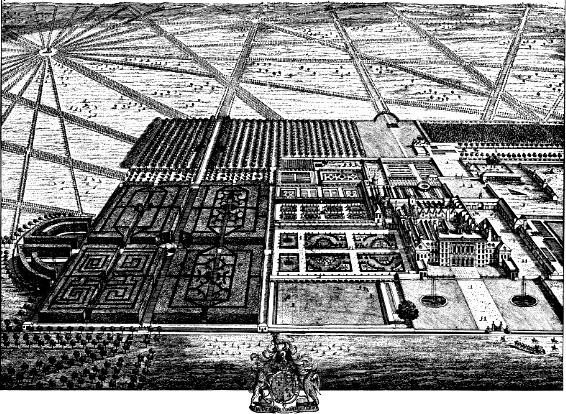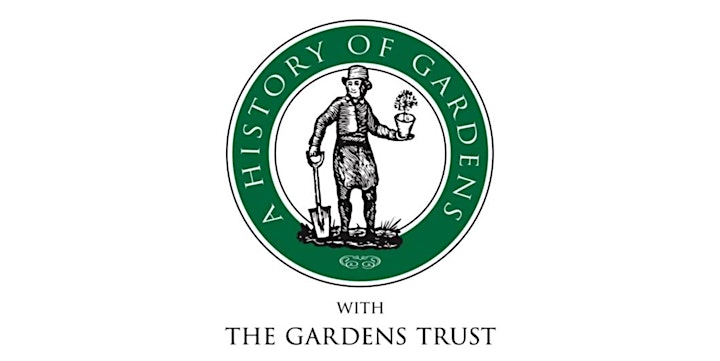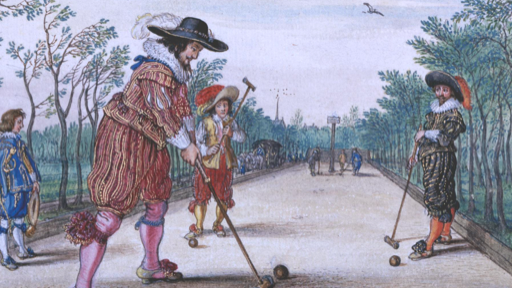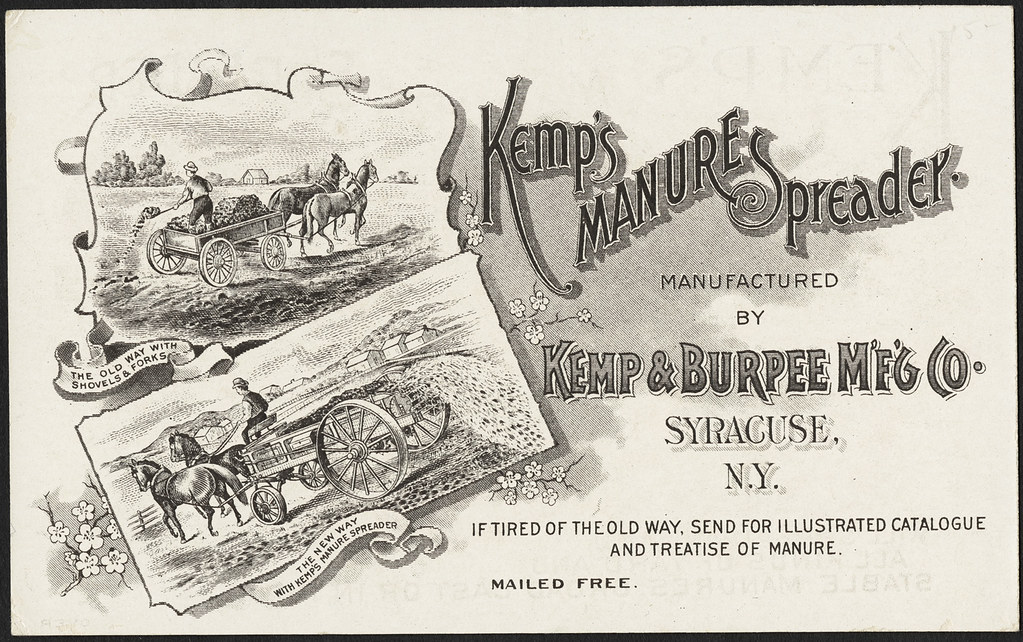Tuesday, October 8, 5:00 am – 6:30 am Eastern (but recorded) – A History of Gardens 2: The Baroque in England, Online
What is a garden? Why were they created as they were? What influences were at play in garden making, and how have gardens evolved and developed over time? These are the questions we will explore as we traverse the history of gardens through the ages.
Following on from our opening talks on early gardens, this second series will examine how gardens developed during the 17th century. We will explore how exotic plants from around the world started to appear in European gardens, and were captured in botanical art, before the tumultuous impact of the English civil wars on gardens and gardening from the 1640s. The second part of the century saw the rise of extravagant, dramatic styles, now known as baroque gardens and exemplified by the work of André Le Nôtre for the Sun King at Versailles. We will explore these gardens through an analysis of the work of Le Nôtre and his contemporaries in France, and the series will end with a talk scrutinizing how the European baroque style played out in England.
This ticket – purchase through Eventbrite HERE – is for this individual talk and costs £8, and you may purchase tickets for other individual sessions via the links below, or you may purchase a ticket for the entire [second] series of 5 talks in our History of Gardens Course at £35 via the link here. (Gardens Trust members £6 each or all 5 for £26.25) Ticket holders can join each session live and/or view a recording for up to 2 weeks afterwards.
After the civil war Charles and many of his court circle went into exile in Europe where they saw the glories of French and Dutch gardens. They fell in love with their ornate geometric formal layout, and on their return at the Restoration tried to recreate the grandeur of the European baroque in British gardens. At the same time the foundation of the Royal Society encouraged the development of botany as a new science while the financial revolution of the late 17th century spread an interest in gardening into the ranks of the new ‘middling sort’ and led to a thriving horticultural scene to serve them.
Dr David Marsh was awarded his PhD in 2005 for a study of the ‘Gardens and Gardeners of Later-Stuart London’ and has been lecturing and supervising research in Garden History ever since. He is a Senior Research Fellow at the University of Buckingham and is course director for their MA in Garden History. A trustee of the Gardens Trust from 2016-2023, he helped set up and run the Trust’s on-line lecture programme and is the author of a weekly blog about garden history.









